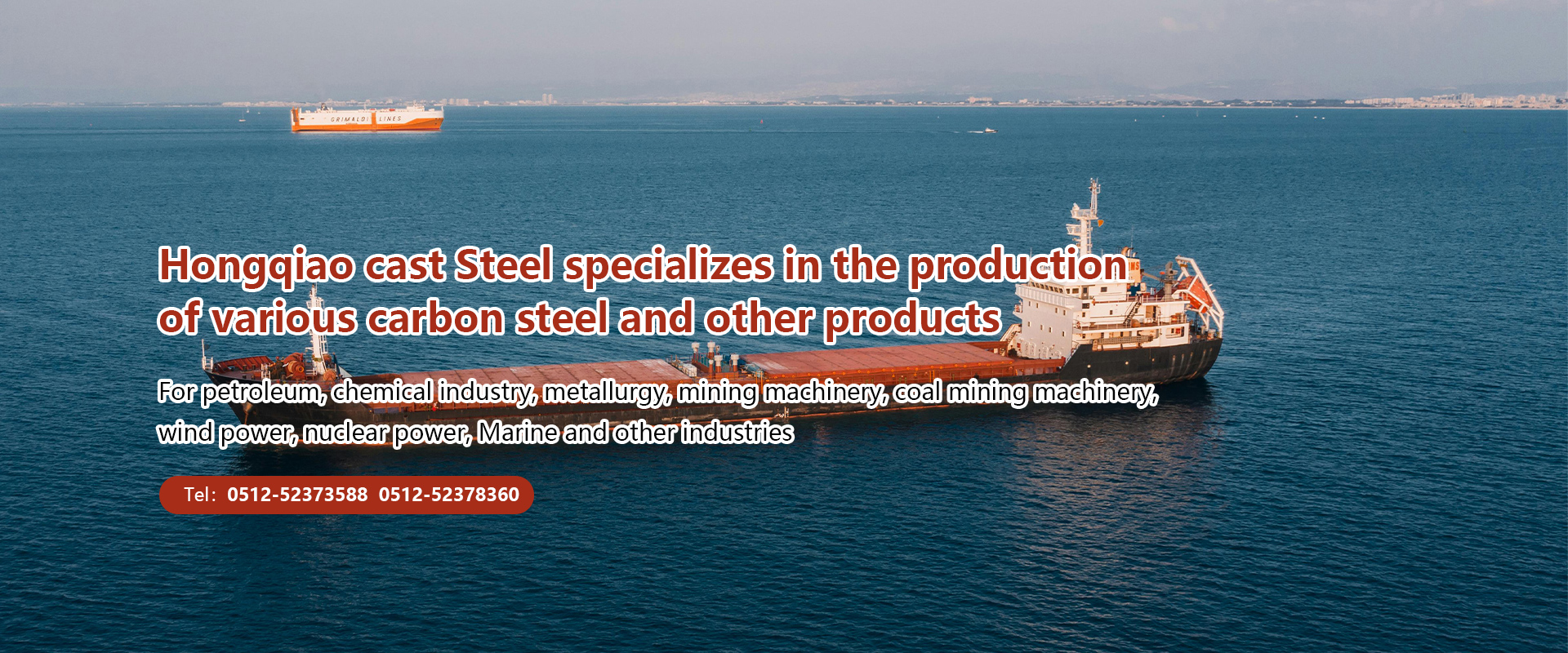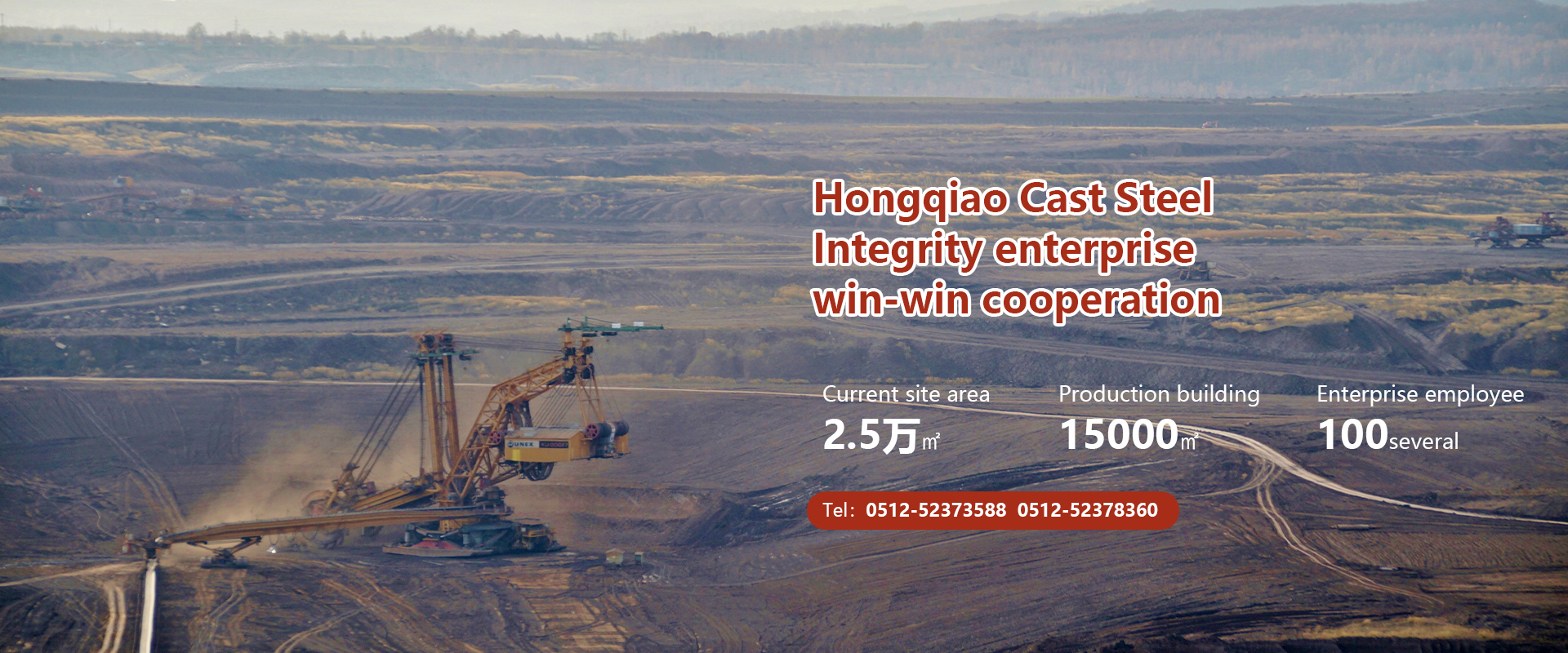(1) Investment casting
1. Easy to manufacture wax molds
2. Holes and grooves on castings should not be too small or too deep. Holes and grooves that are too small or too deep are not conducive to the smooth filling of corresponding holes on the investment mold with paint and sand particles during shell making, forming suitable cavities; At the same time, excessively deep holes and grooves also pose difficulties for the sand cleaning work of castings. Usually, the aperture should be greater than 2mm (thin parts>0.5mm). When the hole is through, the depth/diameter is less than 4-6, and when the hole is not through, the depth/diameter is less than 2. The groove width should be greater than 2mm, and the groove depth should not exceed 2-6 times the groove width.
3. Reduce heat nodes and strive for uniform wall thickness. Generally, in investment casting, no separate riser is set up, but a thickened sprue is used as a riser to directly supplement the shrinkage of the casting. In accordance with this process, thin-walled structures should be used as much as possible, and the wall thickness distribution should conform to the principle of directional solidification.
4. To avoid deformation of large flat plate structures due to the low high-temperature strength of the molten shell, it is advisable to avoid large flat surfaces as much as possible when designing casting structures.
(2) Metal castings
1. The shape and inner cavity of the casting should be kept simple, and the structural slope of the casting should be increased as much as possible to avoid using holes with diameters that are too small or too deep, in order to facilitate the extraction of the core and ensure the smooth removal of the casting.
2. The wall thickness of the casting should be uniform to prevent shrinkage and cracking defects; At the same time, it should be noted that the wall thickness should not be too thin, and large horizontal walls should be avoided as much as possible to prevent defects such as inability to pour and cold insulation. For example, the minimum wall thickness of aluminum silicon alloy castings is 2mm~4mm, and the minimum wall thickness of aluminum magnesium alloy is 3mm~5mm.
(3) Die casting parts
1. Die castings should try to eliminate side dents and deep cavities as much as possible.
2. Try to use thin-walled structures with uniform wall thickness. The suitable wall thickness for die-casting parts is generally 1mm-3mm for zinc alloy, 1.5mm-5mm for aluminum alloy, and 2mm-5mm for copper alloy.
3. Die casting can use inserts, and the superiority of inserts should be fully utilized to produce complex parts, improve the local performance of die castings, and simplify assembly processes. To ensure the reliable connection of the embedded parts in the casting, grooves, protrusions, or rolling patterns should be made on the embedded parts of the casting.
Changshu Hongqiao Cast Steel Co., Ltd. mainly produces various specifications of carbon steel, high, medium and low alloy steel, stainless steel, heat-resistant steel, high manganese steel, and high chromium cast iron. We provide high-quality customized steel castings for industries such as petroleum, chemical, metallurgical, mining machinery, coal mining machinery, wind power, nuclear power, and marine. We also offer customized steel castings for marine use, ABS marine engineering services, and cast steel for export overseas.





